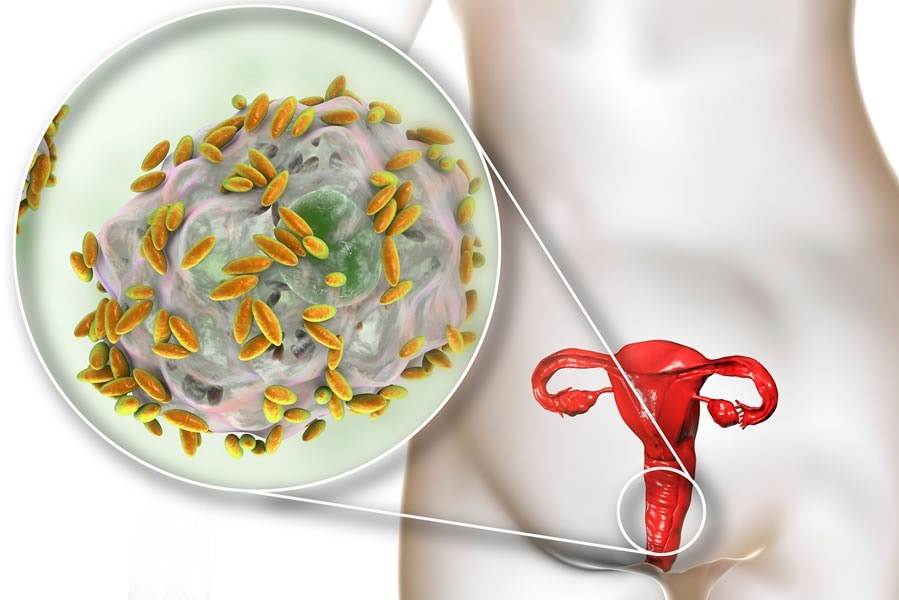
What is candidiasis
Candidiasis is an infection caused by Candida albicans and usually affects the vagina of about 15% of women of childbearing age and about 30% of women with vaginitis
Candidiasis sets in due to disruption of the vaginal balance
It causes an abnormal proliferation of Candida, which is already present inside the vagina and normally helps maintain the vaginal pH.
Particular risk factors include treatment with antibiotics, anticonvulsants or cortisone, the presence of other illnesses such as immunodeficiency or diabetes, frequenting particular environments such as swimming pools, beaches or places with poor hygienic conditions, the overuse of panty liners, tight clothing or overly aggressive intimate cleansers.
The typical symptoms of candidiasis are burning, itching, redness, increased vaginal discharge.
The therapy to be instituted is essentially based on the elimination of risk factors and local pharmacological treatment.
Read Also:
Emergency Live Even More…Live: Download The New Free App Of Your Newspaper For IOS And Android
How Does Cystitis Manifest Itself?
Cystitis, Antibiotics Are Not Always Necessary: We Discover Non-Antibiotic Prophylaxis
Polycystic Ovary Syndrome: Signs, Symptoms And Treatment
Vulvodynia: What Are The Symptoms And How To Treat It
What Is Vulvodynia? Symptoms, Diagnosis And Treatment: Talk To The Expert
Accumulation Of Fluid In The Peritoneal Cavity: Possible Causes And Symptoms Of Ascites
What’s Causing Your Abdominal Pain And How To Treat It
Pelvic Varicocele: What It Is And How To Recognise The Symptoms
Can Endometriosis Cause Infertility?
Transvaginal Ultrasound: How It Works And Why It Is Important
Candida Albicans And Other Forms Of Vaginitis: Symptoms, Causes And Treatment
What Is Vulvovaginitis? Symptoms, Diagnosis And Treatment
Urinary Tract Infections: Symptoms And Diagnosis Of Cystitis


